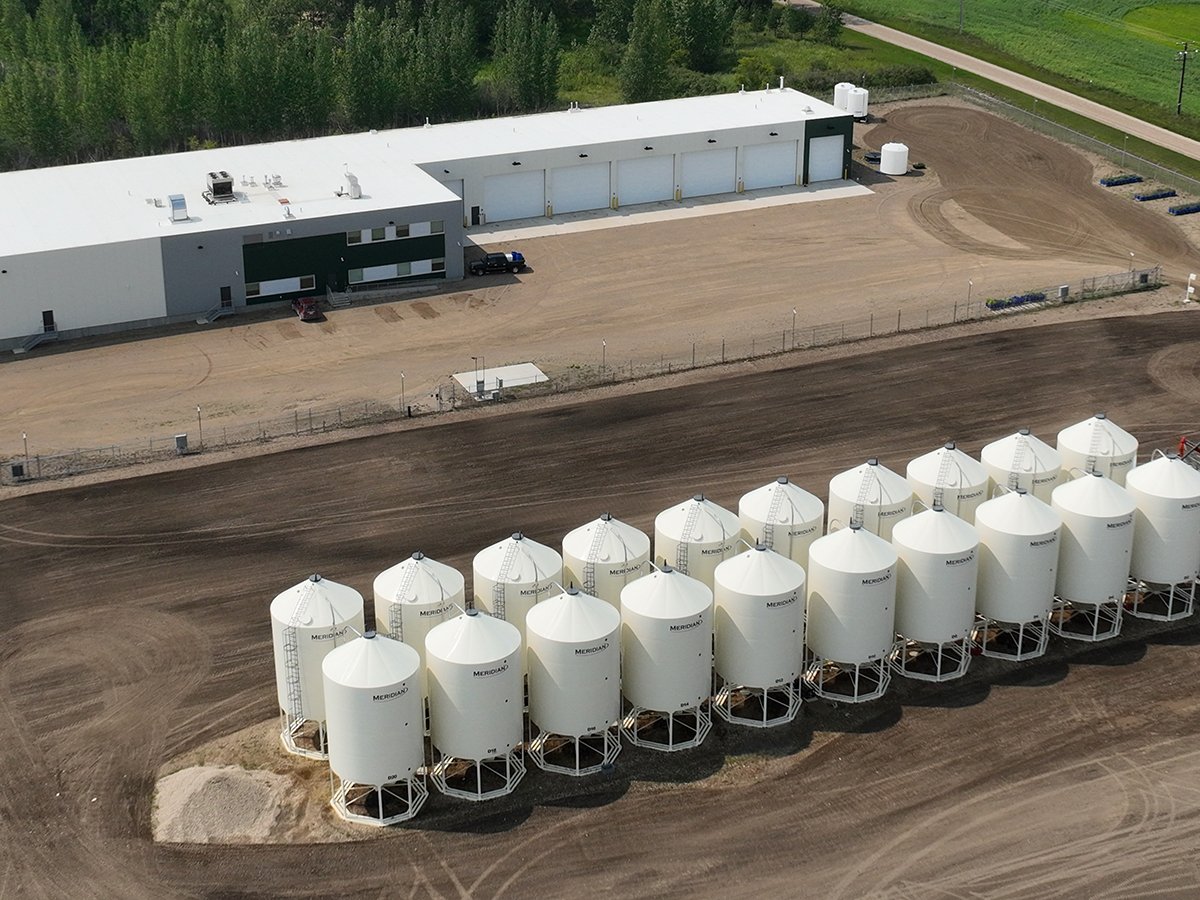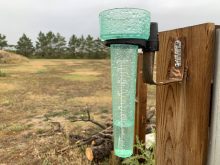SASKATOON – Ted McCaffrey can only sit and watch when the last of his 247 cattle are destroyed later this week.
The Altamont, Man., area farmer has few good things to say about the process of compensation or the bureaucracy he has faced since his animals tested positive for tuberculosis on Jan. 18.
Agriculture Canada is compensating McCaffrey an average of $650 per head for cows and 67 cents per pound for calves, an amount which he feels won’t be enough to replace his herd.
His cattle became subject to inspection last October when one of his heifers showed a positive response to a routine test at a Manitoba auction mart. He feels the government should have acted sooner to test his herd because he has had to pay feed costs all winter only to have the animals destroyed.
Read Also

Saskatchewan firm aims to fix soil with compost pellets
In his business, Humaterra, Leon Pratchler is helping farmers maximize yields in the weakest areas of their fields through the use of a compost pellet.
“It takes approximately three months to get the results from the tissue cultures. This is the gold standard test we use to determine whether or not to slaughter a herd,” said George Luterbach, of Agriculture Canada.
The Manitoba Cattle Producers Association says the compensation levels are fair but costs to disinfect the farm and quarantine the herd should also be covered.
The association says the costs of all compensation should be included in any settlement or the policies will encourage producers to avoid detection of illness in their animals.
“We want to have our producers co-operate, but they aren’t going to be encouraged to take part in programs where they are going to get screwed,” said James Bezan, executive director of the organization.
Luterbach says the cleanup is the responsibility of the farmer.
Cattle on three neighboring farms to McCaffrey have also shown positive initial skin tests for the disease and are being subjected to a more thorough testing routine. Seven neighboring farms, containing 777 cattle, have been tested for tuberculosis.
Bird tuberculosis and some soil bacteria can produce a false positive on initial tests, which makes the second round of testing necessary.
“There is no real sign of a major outbreak here … he (McCaffrey) didn’t have any sales or purchases that would put other producers at risk…. Fence line contact would be the major risk,” said Luterbach.














